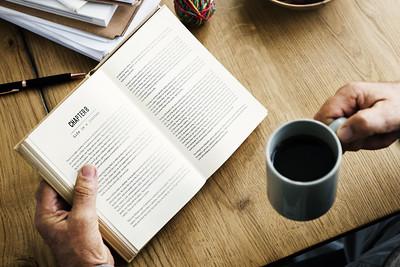How’s it going at home, sheltering in place? Even with structuring our day, making sure we get dressed, and searching for a new binge-worthy stream, it seems tedious. We are not alone with that dilemma, now or historically.
“When Cambridge sent its students home, a young man obsessed with mathematics, motion, and light, whose illiterate father had died three months before his birth, who worshipped a “God of order and not of confusion,” and who had begun his university studies by performing servants’ work for wealthier students in exchange for tuition, bundled his prized books and headed back to his mother’s farm.”
The year was 1664, the reason for being sent home was a pandemic called the plague, and the student was Issac Newton. From Brain Pickings, Standing on the Shoulders of Solitude: Newton, the Plague, and How Quarantine Fomented the Greatest Leap in Science
For those that are able, a walk in the park provides a necessary distraction.
“The truth is they’re no more than uptown blackbirds, stocky, three-ounce grifters with iridescent blue and green plumage, along with yellow beaks and a long history of displacing woodpeckers and flycatchers, and destroying entire crops of berries and cherries. Not to mention the havoc they cause at many airports.
Ah, but when they come round in their murmurations on fall afternoons, or in early winter, what magicianry is that, gathering up out of nowhere, arriving in strands or massive clusters, over inlets or forests.”
Murmurations should give you a clue. We are talking about starlings and those exquisite patterns they form in the sky. From Natuil.us, The Unintended Beauty of Starlings
Reliable reports from China are hard to come by. Here is one we might consider describing what it is like to live in Beijing post-COVID.
“Restrictions of this type on daily life have been in place in Beijing for the past two months. Someone now takes my temperature not only when I enter my own apartment building but also when I enter every shop and restaurant, my office, and on certain commercial roads. Security guards check entry cards at every apartment building and hutong (narrow lane) entrance, making it difficult to invite in friends or guests. At first, people could congregate in bars and restaurants. Recent regulations made that more difficult, limiting the number of people allowed at a table and barring them from sitting face-to-face.”
From the New Yorker, Life After COVID-19: Letter From Beijing
Will our new normal be the old normal repackaged, or will other forces try to shape a post COVID world? As we return to our lives, and we will should we go back to what was or perhaps use this moment to make some much-needed changes.
“Pretty soon, as the country begins to figure out how we “open back up” and move forward, very powerful forces will try to convince us all to get back to normal. (That never happened. What are you talking about?) Billions of dollars will be spent on advertising, messaging, and television and media content to make you feel comfortable again.”
From Forge, on Medium, Prepare for the Ultimate Gaslighting
Finally, we are not unaccustomed to tragedy. And while it pales in comparison to the loss of our physical and cultural lives that is COVID-19, in its time, it was shattering.
“Fifty years ago, when Paul McCartney announced he had left the Beatles, the news dashed the hopes of millions of fans, while fueling false reunion rumors that persisted well into the new decade.”
From the Conversation, Inside the Beatles’ messy breakup, 50 years ago
If you want to skip to a video of what we lost, which I guarantee will bring a big smile to your face, go here. The boys were so much younger then, happy times.



